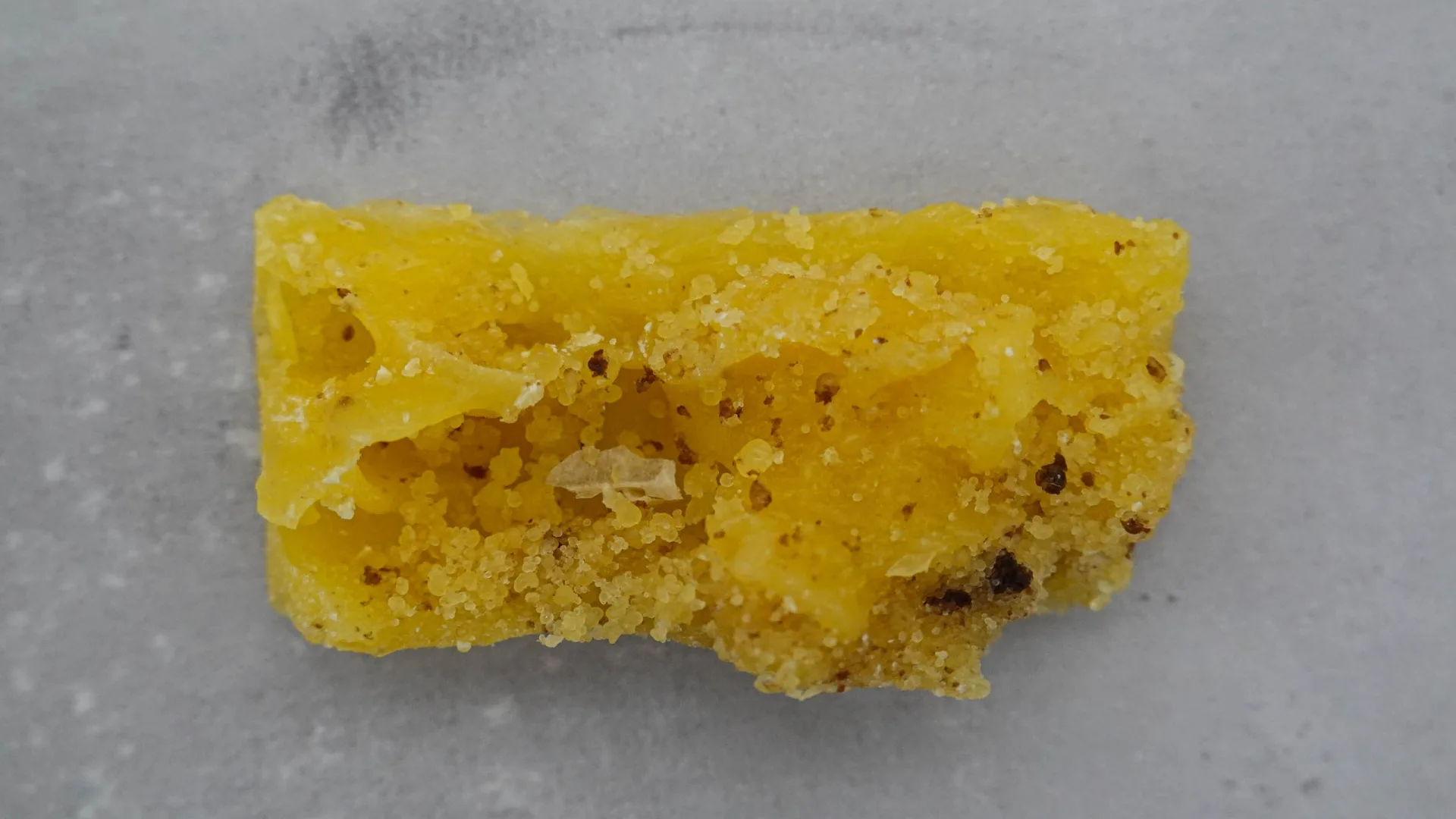Hand cream for more flavor
Food can have a healing effect from the inside, but many foods also have a healing or nurturing effect from the outside. Whether olive oil, argan oil, coconut oil or honey – what we use in the kitchen we also encounter in care products.

Couldn’t you make a care cream right away, for outside and inside? Or at least a care product that is based on edible ingredients and, as an extended food pairing, cares for the skin and aromatically accompanies a meal.
When cooking, hand care is also very important, because the hands are now very stressed. So the connection to ingredients from the kitchen is very obvious. Olive oil, cornstarch, yogurt, cottage cheese or cucumber slices have had useful physical applications in many kitchens. And anyone who has recently used disinfectant, and then eat with his hands, certainly appreciate a pleasant and natural smell.
Aroma Cream Pairing?
The smell of the cream can even perfectly complement a dish: for example, a basil cream to pasta with tomato sauce. Tart juniper flavors could enhance the enjoyment of a hearty roast or add some aromatic oomph to a light gin and tonic sorbet. The smell of fresh celery goes well with a cream soup or a bite of vegetarian caviar. There are no limits to the imagination.
For our hand cream we use natural basic ingredients. Beeswax from our beekeeper, organic grape seed oil from Austria, shea butter, jojoba oil and natural aroma oils suitable for consumption. So, at least in theory, the cream is edible. Our selection was made quickly: The scents of celery, basil and juniper quickly found favor with us in the team. Our research on hand creams revealed a basic formula: Beeswax is the base, and the consistency is controlled by the oils and shea butter. The particular smell is determined by a few drops of an aromatic oil.
We start by cleaning the beeswax. Since it is a natural product, there are residues from the honeycombs and small particles of dirt that are unavoidable during harvesting. We heat the wax over a water bath and then pour it through a hair sieve. We let the wax cool down to be able to portion it better later. We mix the oils together according to our own recipe and also heat them on a water bath.
Cream cake
The wax is still slightly warm but already cut-resistant. Like from a cake, we can cut out a piece. We add the wax to the oils, it melts evenly and combines very well. We put the liquid cream in a bowl to cool. This is done very quickly and the cream changes from a golden yellow tone to a milky mass. We leave the cream to cool for just under two hours, then we whip it with a hand mixer. This gives us a slightly creamy, airy consistency. The texture is comparable to whipped crème fraîche, in general the production is very similar to working in the kitchen. Now we add the aroma oils. The oils are very intense, so a few drops are enough.
Just the smell of the cream makes you hungry. This can now be selected to suit your own preference – or even better, the finger food served.
So we take something on hand: the pizza is complemented by our basil MILK.cream. Aromatically a perfect combination – And the relaxation for inside and outside can begin.

Food Lab? Cosmetics? You wonder what our experiments have to do with packaging design? Very much!
Food prototyping
Food Packaging Design based on what we call Food Lab. Our food has fascinated us – also in a professional context for more than a decade. Where outstanding packaging design for small and large food manufacturers is created, you want to smell, feel, hear and taste before you’ve seen too much. The eye (our dominant sensory organ) greatly influences purchasing decisions. We know that, which is why we have to keep doing food trend scouting! To ensure that we follow the purchase with the right product experience to match the packaging design, we take a closer look at the food products our customers present to us.










